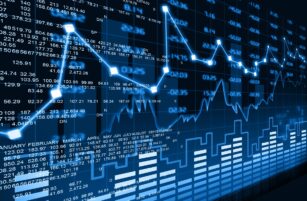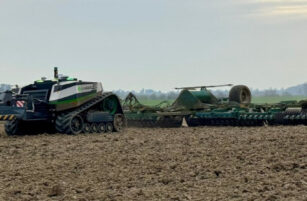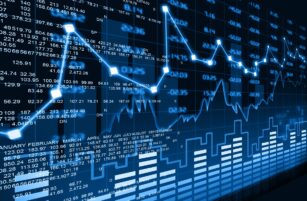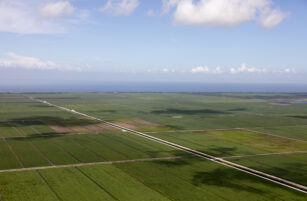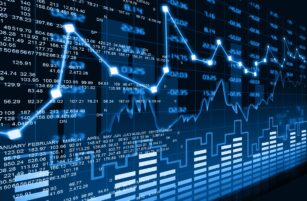
So far in this series, we have laid out the definitions of Sustainable Agriculture (SA) and Sustainable Intensive Agriculture (SIA). We then placed them in a context of global warming, greenhouse gases and food supply. We suggested that it was possible to mitigate against the former and increase the latter, all at the same time.
Agricultural Revolutions
Both farmers (the adopters) and technologists (the inventors) have an important role in these dual objectives and they interface in many ways. Technologists in this equation are a diverse group; soil scientists, machinery designers, plant breeders, geneticists, agronomists (etc).
Plant yields and/or overall production, although constantly improving, don’t increase in a completely linear fashion. Throughout history, there have been technological discoveries that have triggered large jumps in yields in a short space of time. Examples would be the British 18th Century Norfolk four-course rotation, which hugely increased both yields and area under production in the Agrarian Revolution, or the use of tractors from the early 1900s. In the 20thCentury, two events stand out – hybridisation and GMO – both for their yield increases, but also significantly in preserving yield against inclement climatic events.
Hybridisation
When the American and dubbed ‘Father of the Green Revolution’, Norman Borlaug, was awarded the Nobel Peace Prize in 1970, it was for thirty years of work in saving over one billion people from starving. It stands as a staggering achievement.
Climate change wasn’t really on the agenda then. 1970 was the first year of global CO2 monitoring. And yet today, many of the green revolution methods are causing our global problems. Hybrid high-yielding varieties (HYV) were also vigorous dwarf varieties with exceptional standing power in wheat and other crops. This allowed the use of more artificial/synthetic nitrogen fertiliser, expansion of irrigation, new management techniques and the increase of pesticide use, all of which contributed to a spike in output. Similarly, Yuan Longping, working in China in 1973, created a hybrid rice variety with a wild rice cross that led to fivefold increases in yield and was a major contribution to food security in Asia and Africa.
Hybridisation is an important part of SA today. For instance, in the selection and breeding of hybrid plants that can withstand drought. One legacy of Borlaug is the International Maize and Wheat Improvement Centre, which has been successful in producing improved hybrid strains of maize (corn) and wheat as well as promoting SA and SIA.
GMO
GMO crops aren’t without detractors, both on environmental issues and on food safety, although both Borlaug and Yuan believed it was an important part of our future direction. Yuan’s assertion in 2014 was the more controversial as China, even to this day, does not allow the production (consumption is allowed) of GMO food crops (fibre crops such as cotton are permitted).
The first commercial GMO crop was tobacco in 1982 and the first food crop, tomatoes, in 1994. Yield increases were notable. GMO crops with insect resistance can produce 25% higher yields, and these are still improving. Not using this technology in a responsible way is certainly going to make global food security much more challenging. It is a core consideration in what is sometimes called the ‘second green revolution’, which also encompasses SA and SIA ideas.
Fortunately, whether you are a proponent or a detractor of GMO, many of the SA methods and techniques we will be discussing in the next few reports are relevant to both.
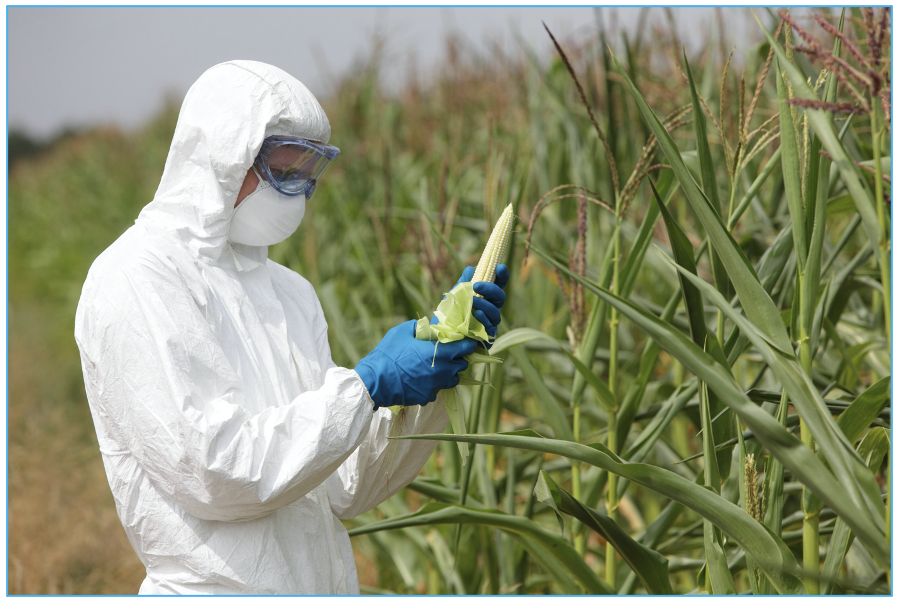
Down on the Farm
Before considering related farming systems, a couple of definitions are helpful.
Zero tillage means crops are grown sequentially without disturbing the soil unnecessarily. Zero tillage requires the planting (direct drilling) into unprepared soil by opening up a narrow slot with just sufficient depth to cover the seeds. Crop residues are left on the soil surface to eventually decompose. It’s not new and is similar to that described by Jethro Tull in 1733.

Minimum tillage allows sufficient soil disturbance, but not full soil inversion, to place the seeds and any seedbed fertilizer and covering it over. There are multiple variants of this type of system.
Conventional tillage systems involve substantial soil disturbance and soil inversion from activities such as ploughing, sub-soiling and using discs.
Implicit in both is that the straw from the harvested crop will not be burned in the field as this is a major source of greenhouse gases.
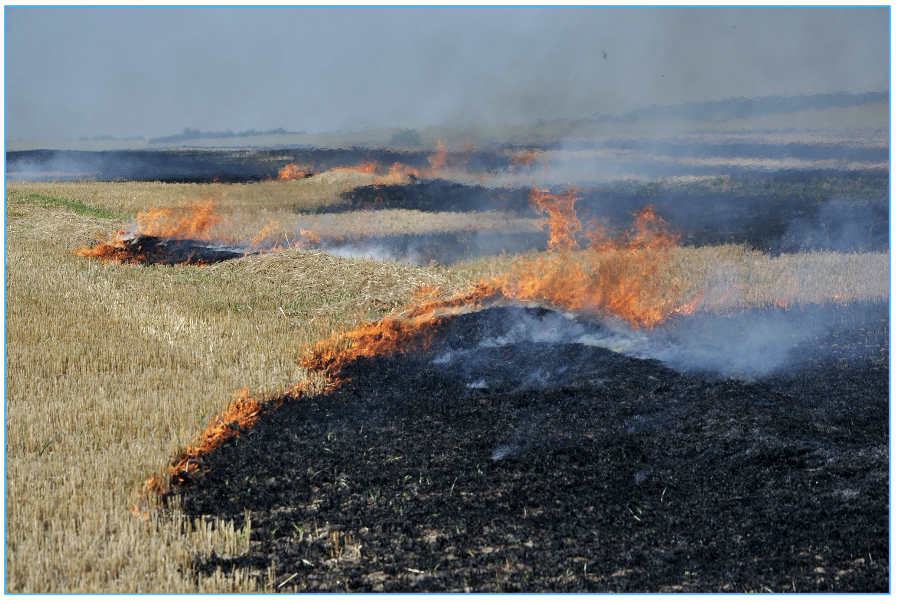
Selection of Priorities
In the third report of this series, we stressed the importance of concentrating on the largest issues and that means looking first at farm practices and also sources and types of nitrogen fertilizer used. Greenhouse emissions are coming from the production of the artificial fertilizer (CO2 and ammonia) and the in-field emissions when it is used for arable farms (N2O and CO2). A related issue is that some of the techniques we will describe also assist with water conservation, reduced water contamination and soil erosion management; another part of SA.
The effects of the different types of systems are still being debated and understood by the scientific community, so we can only provide some simple rules of thumb.

These themes will be developed in future reports.

Other Opinions You Might Be Interested In…
- NEW! Which Fertiliser is Cheapest Today? 27th October 2020
- Genetically Modified Cane: Brazil Leads the Way
- Sustainable Intensive Agriculture: A New Approach


